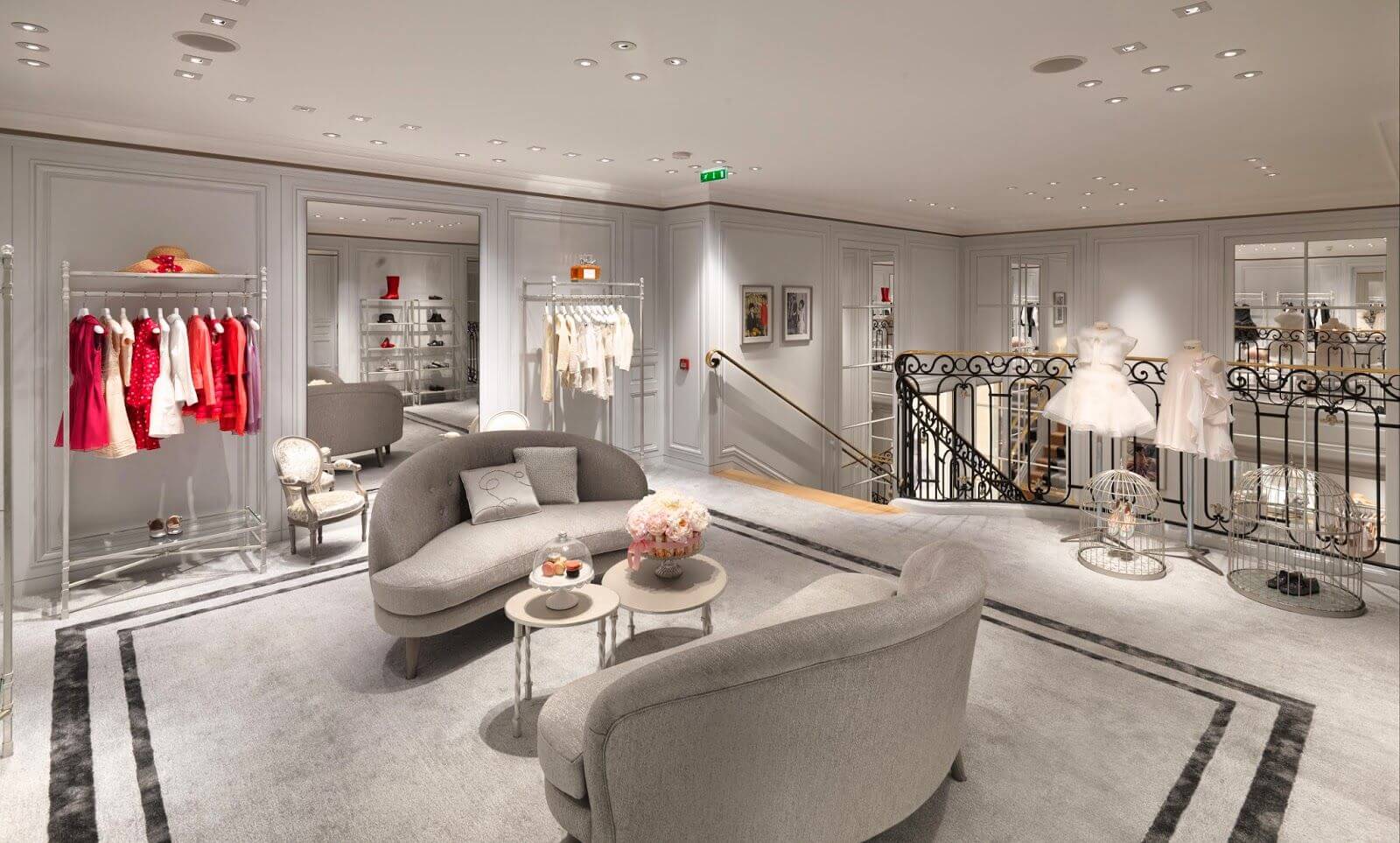Introduction
A fashion house is more than just a brand; it’s a symbol of creativity, luxury, and influence. From iconic names like Chanel and Gucci to emerging luxury labels, fashion houses play a pivotal role in shaping global style trends. These institutions are responsible for creating haute couture, ready-to-wear collections, and accessories that set the tone for the fashion world.
In this article, we’ll explore what defines a fashion house, its history, significance in the industry, and some of the most renowned fashion houses in the world.
What is a Fashion House?
A fashion house, also known as a haute couture house, is a company that designs, manufactures, and sells high-end clothing, accessories, and sometimes fragrances. These houses often showcase their collections through fashion weeks and are known for their innovative designs and craftsmanship.
Key Characteristics of a Fashion House:
- Creative Direction: Each house has a creative director who oversees the design process.
- Haute Couture: Many fashion houses are known for their exclusive, made-to-measure haute couture collections.
- Global Influence: Fashion houses set trends that influence mass-market fashion.
- Luxury and Exclusivity: They cater to a high-end clientele, emphasizing quality and exclusivity.
A Brief History of Fashion Houses
The concept of a fashion house dates back to the mid-19th century in Paris. Charles Frederick Worth, considered the father of haute couture, established the first modern fashion house in 1858. He introduced the idea of showcasing seasonal collections to clients, a practice that continues today.
Notable Milestones:
- 1858: Charles Frederick Worth opens the first fashion house in Paris.
- 1909: Coco Chanel establishes her fashion house, revolutionizing women’s fashion.
- 1947: Christian Dior launches his first collection, introducing the “New Look.”
- 1980s-1990s: Fashion houses expand globally, becoming cultural icons.
Top Fashion Houses and Their Contributions
1. Chanel
Founded by Coco Chanel in 1909, Chanel is synonymous with timeless elegance and innovation. The brand is known for its iconic pieces like the Chanel suit, the little black dress, and the quilted handbag.
- Signature Styles: Tweed suits, pearl accessories, and Chanel No. 5 perfume.
- Creative Directors: From Coco Chanel to Karl Lagerfeld and now Virginie Viard.
2. Gucci
Established in 1921 by Guccio Gucci, this Italian fashion house is known for its bold, eclectic designs. Gucci has become a symbol of modern luxury under the creative direction of Alessandro Michele.
- Signature Items: GG logo bags, horsebit loafers, and bold prints.
- Cultural Impact: Gucci has redefined luxury with its innovative marketing and collaborations.
3. Dior
Christian Dior founded his eponymous fashion house in 1946, introducing the “New Look” that emphasized femininity and luxury. Dior remains a powerhouse in haute couture and ready-to-wear.
- Signature Styles: A-line dresses, Bar jackets, and elegant gowns.
- Global Influence: Dior continues to set trends in women’s and men’s fashion.
4. Louis Vuitton
Founded in 1854 as a luggage maker, Louis Vuitton has evolved into a global luxury brand. Known for its monogrammed bags and accessories, the brand is a leader in the fashion industry.
- Signature Products: Monogrammed trunks, handbags, and leather goods.
- Collaborations: Frequent partnerships with artists and designers to create unique collections.
5. Versace
Gianni Versace founded his fashion house in 1978, bringing bold colors, prints, and opulent designs to the forefront. Today, Versace is known for its glamorous, statement-making pieces.
- Signature Styles: Medusa logo, bold prints, and luxurious fabrics.
- Pop Culture Influence: Versace’s designs are often seen on red carpets and in music videos.
The Role of a Fashion House in the Industry
Fashion houses are not just about creating clothes; they are cultural institutions that shape the way people perceive style and luxury.
Key Roles:
- Trendsetting: Fashion houses set the trends that influence the broader fashion market.
- Craftsmanship: They uphold high standards of craftsmanship, often employing skilled artisans.
- Innovation: Fashion houses push the boundaries of design and creativity.
- Brand Identity: Each house has a unique identity that resonates with its clientele.
Haute Couture vs. Ready-to-Wear
Fashion houses often produce both haute couture and ready-to-wear collections.
Haute Couture:
- Custom-made garments tailored to individual clients.
- Requires membership in the Chambre Syndicale de la Haute Couture.
- Emphasizes craftsmanship and exclusivity.
Ready-to-Wear (Prêt-à-Porter):
- Mass-produced collections available in standard sizes.
- More accessible to a broader audience.
- Showcased at fashion weeks around the world.
Emerging Fashion Houses to Watch
While established fashion houses dominate the industry, emerging brands are also making waves.
Notable Emerging Brands:
- Jacquemus: Known for its minimalist, chic designs.
- Off-White: Blending streetwear with luxury fashion.
- Marine Serre: Known for its futuristic and sustainable designs.
The Future of Fashion Houses
The fashion industry is constantly evolving, and fashion houses must adapt to changing consumer preferences and technological advancements.
Trends Shaping the Future:
- Sustainability: A focus on eco-friendly materials and ethical practices.
- Digital Fashion: Virtual fashion shows and digital garments.
- Inclusivity: Emphasizing diversity and representation in fashion.
- Technology Integration: Use of AI and data analytics to predict trends and personalize experiences.
How to Start Your Own Fashion House
For aspiring designers, starting a fashion house is a dream. Here are some steps to get started:
- Develop a Unique Vision: Define your brand’s identity and aesthetic.
- Create a Business Plan: Outline your goals, target audience, and financial strategy.
- Design Your Collection: Start with a small, cohesive collection.
- Build a Network: Connect with suppliers, manufacturers, and industry professionals.
- Market Your Brand: Leverage social media and fashion events to promote your brand.
Conclusion
A fashion house is more than just a clothing brand—it’s a symbol of artistry, luxury, and innovation. From iconic names like Chanel and Gucci to emerging labels, fashion houses continue to shape the global fashion landscape. Whether you’re an aspiring designer or a fashion enthusiast, understanding the world of fashion houses offers valuable insights into the industry’s history, culture, and future trends.
Fashion houses are not only about creating beautiful clothes but also about crafting a legacy that transcends generations. As the industry evolves, these institutions will continue to inspire and influence the way we perceive style and elegance.

